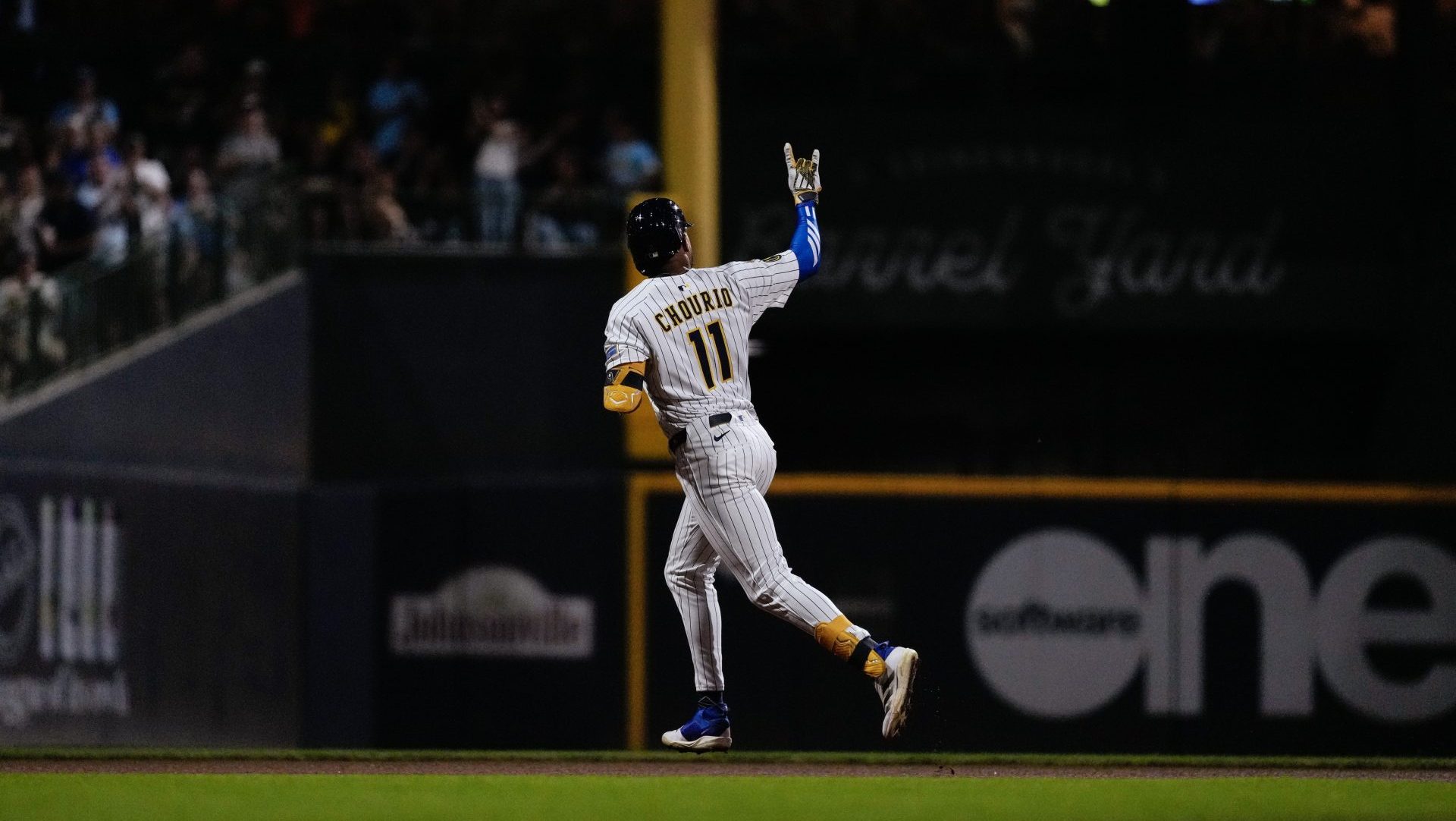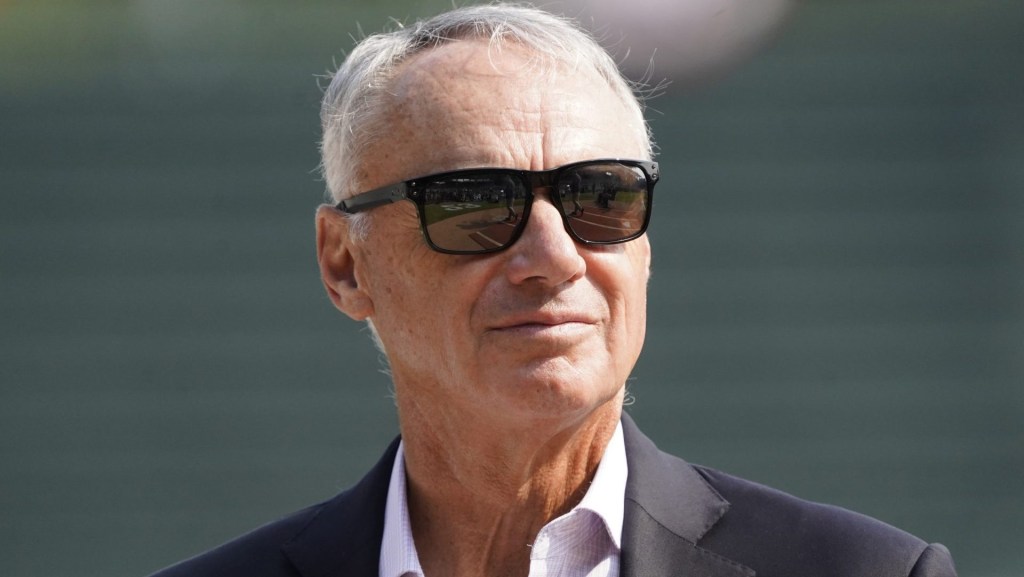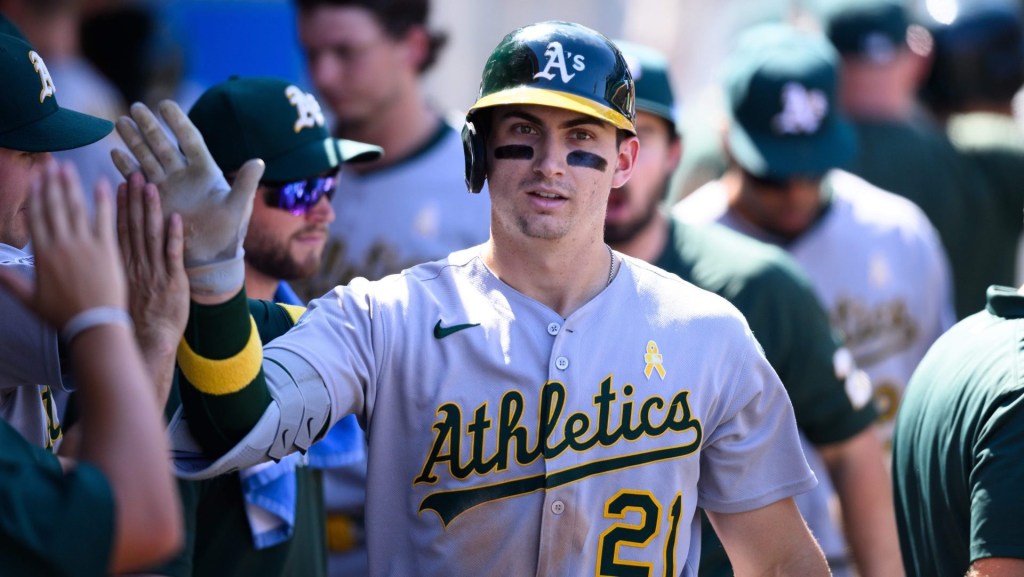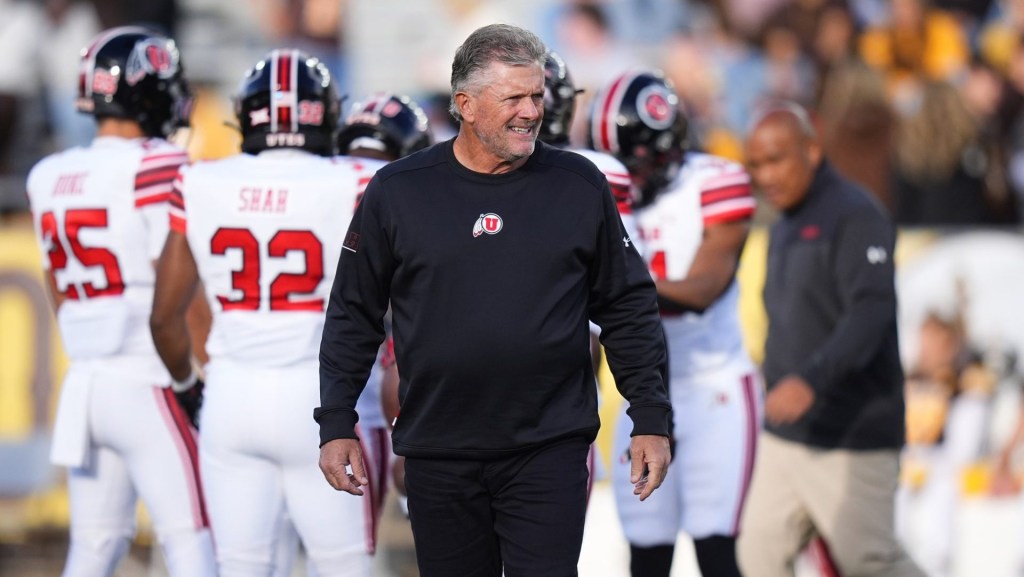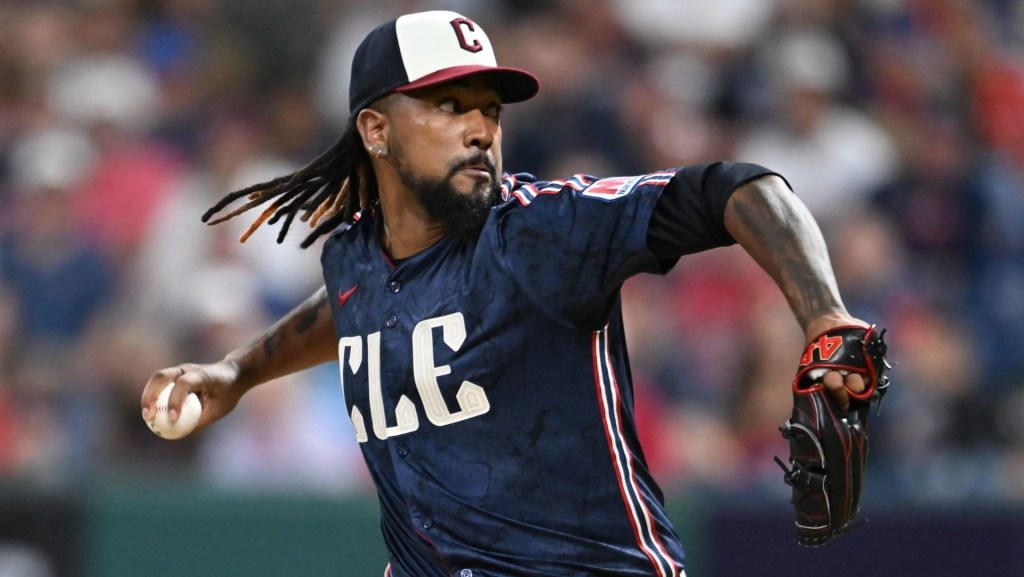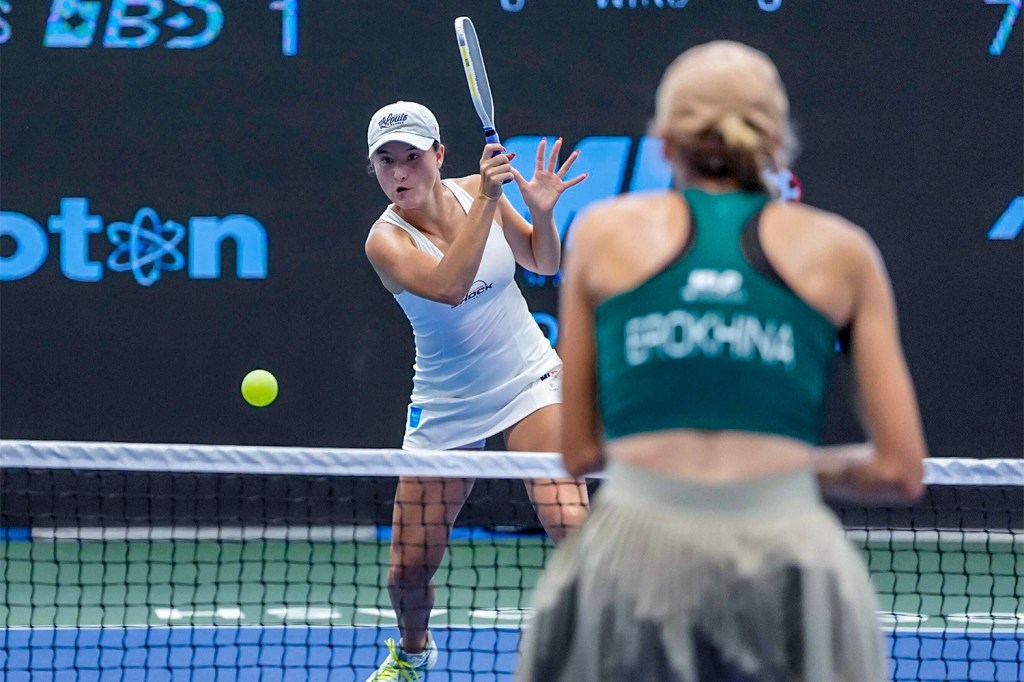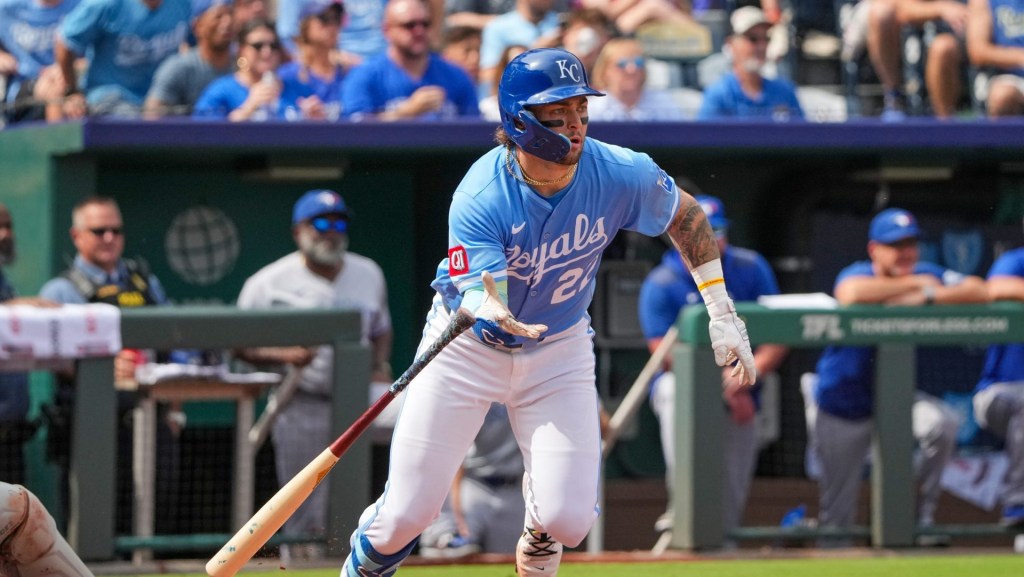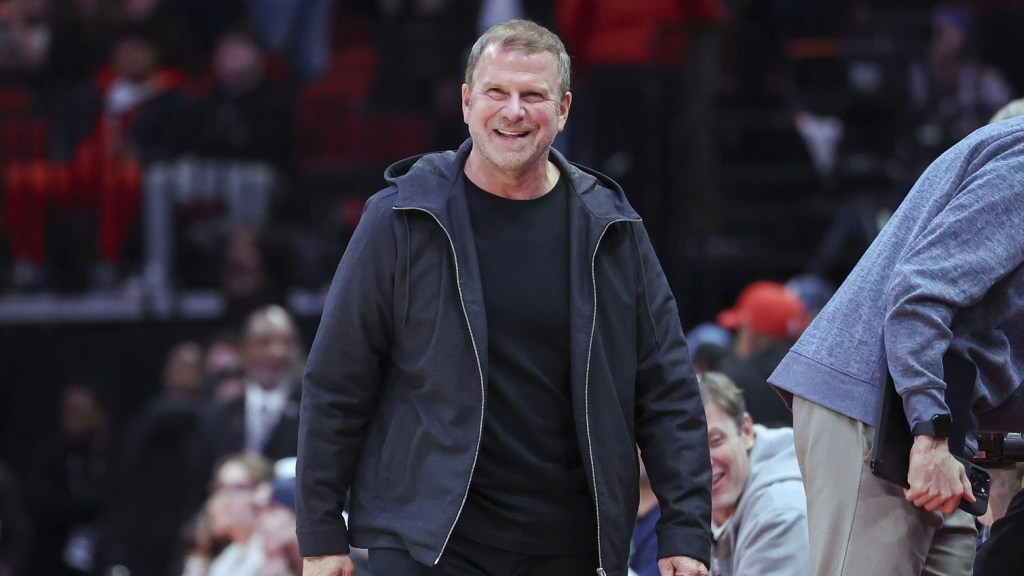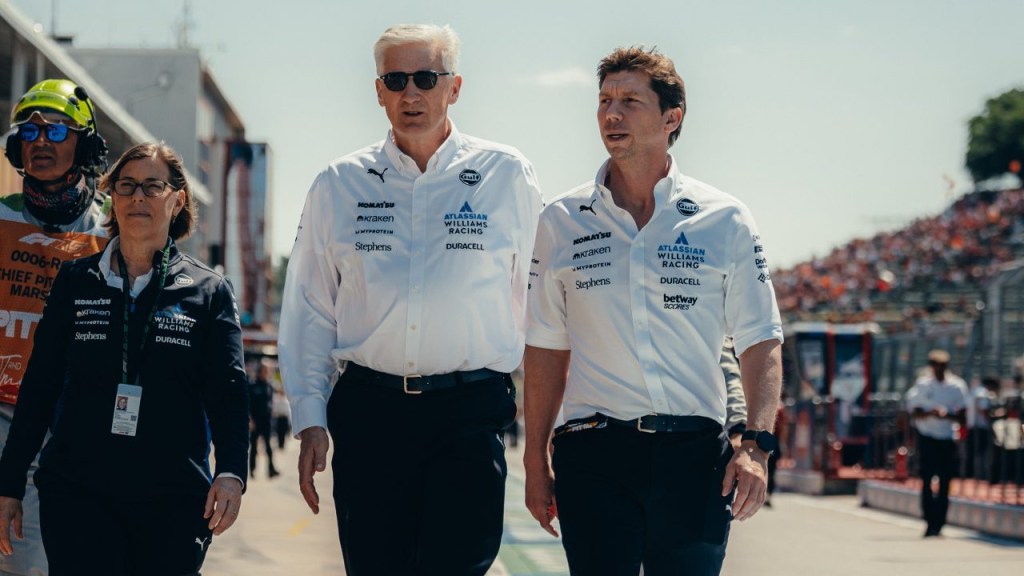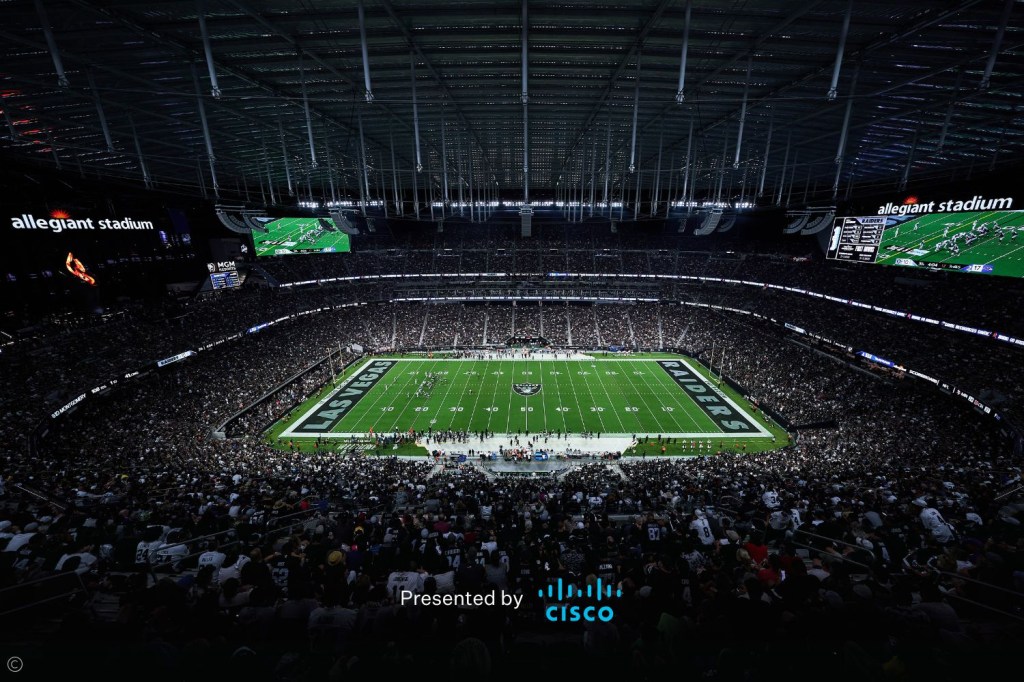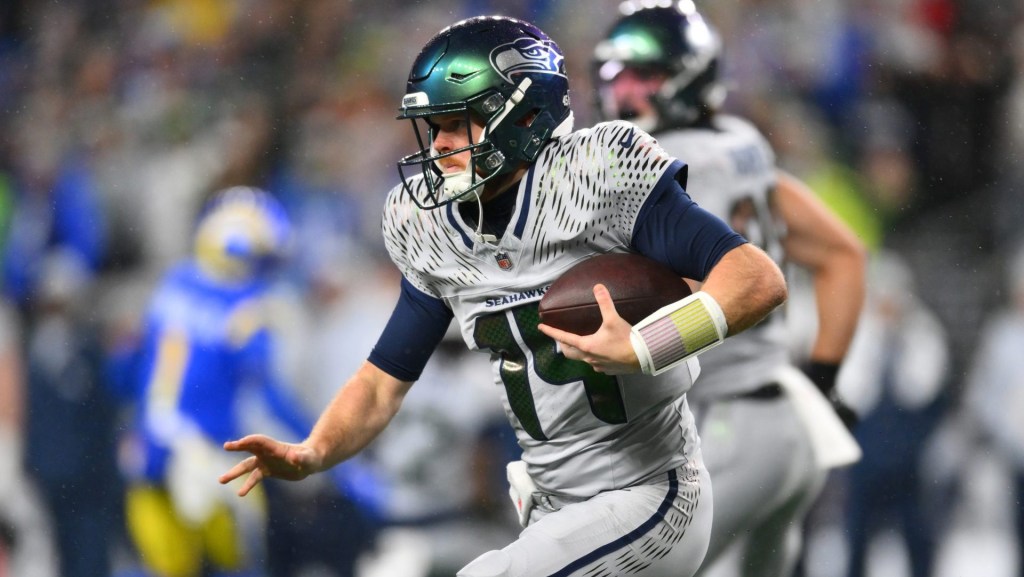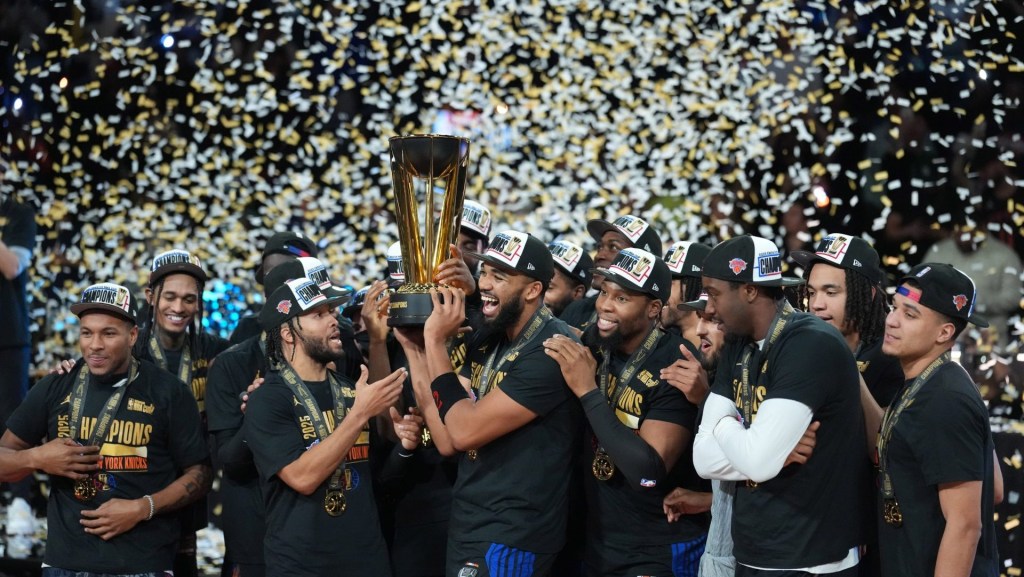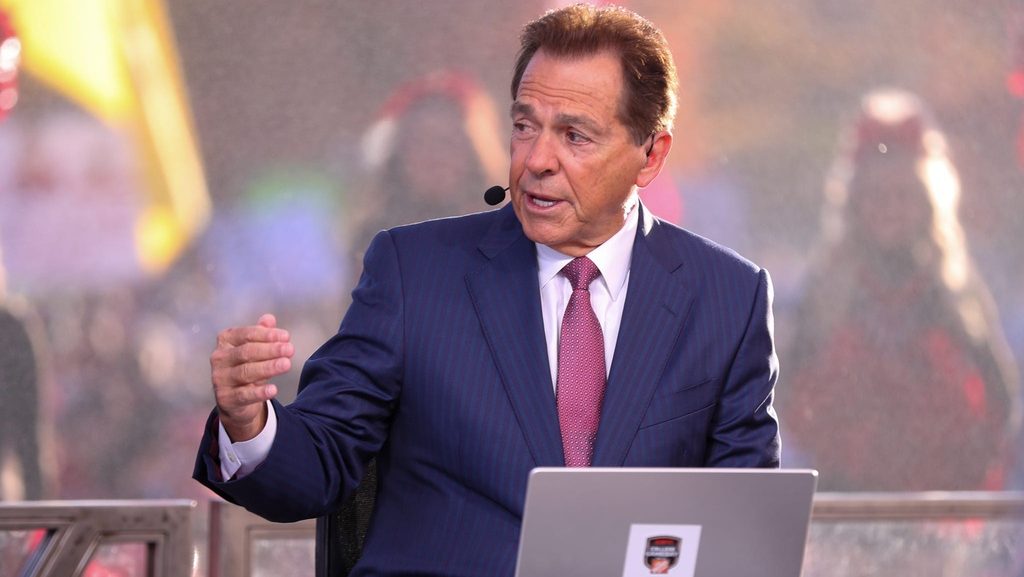There’s very little for the Milwaukee Brewers that comes easy.
The team competes in Major League Baseball’s smallest media market—at least until Las Vegas arrives in 2028. It doesn’t have an extensive opportunity for growth, either. The Brewers’ geographically constrained territory, according to a former team executive, has “Chicago to the south, Lake Michigan to the east, and mostly cows and corn to the north and west.” Milwaukee’s 2025 luxury-tax payroll of $146.3 million ranked 21st in MLB, and it is barely a third of the figure for the league-leading Dodgers.
Despite all that, the road to the 2025 World Series title likely goes through American Family Field. The team will begin the National League Division Series on Saturday afternoon at home against the Cubs, during which Milwaukee’s rise will have a national TV audience. This will be the Brewers’ first postseason meeting against their archrivals located just 90 miles south.
The Brewers ended the regular season with a 97–65 record, topping MLB. It marks the team’s best performance since it moved into Milwaukee in 1970. Attendance grew this year by 4% to a post-pandemic club high of 2.65 million. Local TV ratings were even stronger, rising to become the second best in MLB this season, with that performance standing out amid a broad-based viewership lift across baseball.
“Last year ended in disappointment, but as we took stock of where we were, we knew we had a solid foundation to take the next step,” Brewers president of business operations Rick Schlesinger tells Front Office Sports, referring to the 2024 season that ended with a wild-card loss to the Mets. “The fan base has been incredibly energized. We know there are no big trophies for most wins in the regular season, and that it’ll be forgotten without a successful postseason.”
Fan dynamics will be at the heart of the first two division series games against Chicago, as Cubs fans have long been known to support their team in Milwaukee given the short distance between the two cities.
“They’re going to be fired up,” Cubs manager Craig Counsell said late Thursday of Brewers fans. Chicago clinched its wild-card win over the Padres. Counsell previously played for the Brewers and then managed the team from 2015 to 2023 before leaving for the Chicago job. “They’ve had the best team in baseball. They feel like they have a chance to play in the World Series with this team. It’s going to be a great atmosphere. It’s Cubs-Brewers. That’s going to be as good as it gets.”
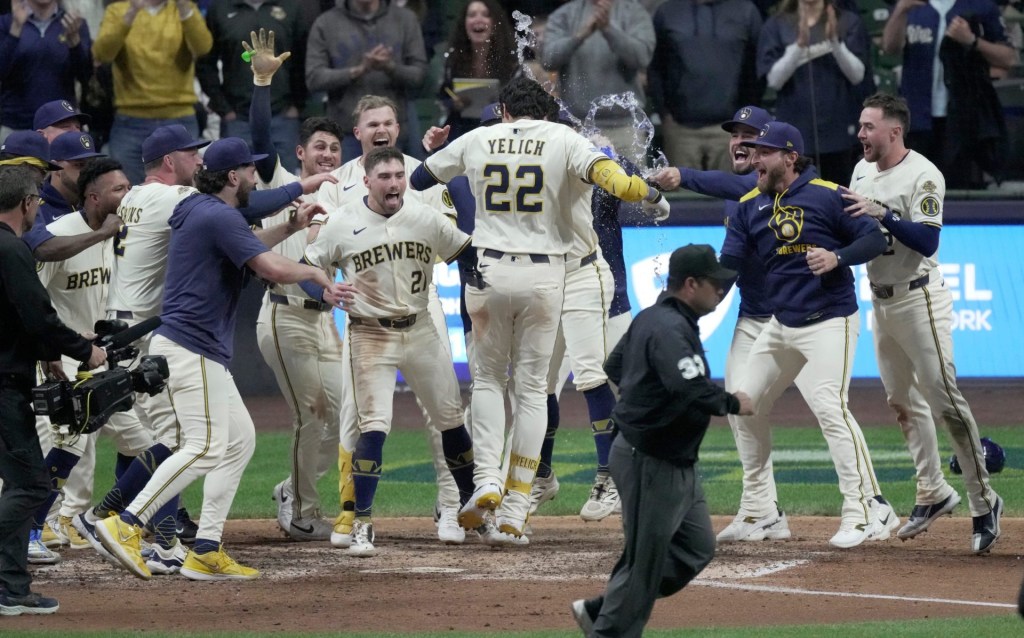
The Brewers have long been competitive and outperformed what their market size might suggest, as the team reached the playoffs in six of the seven seasons before 2025. This year is different, however—and not just because of the better on-field record.
The team features just five free agents on its 26-man roster, tied for the lowest of any National League playoff team, and 14 players acquired through trades, tied with Seattle for the most of any postseason competitor. The kind of savvy wheeling and dealing led by GM Matt Arnold has become something of a Milwaukee trademark.
Manager Pat Murphy, meanwhile, has sought to create a more communal and collegiate-type feel among the team, even going so far as to refer to rookies as “freshmen” and second-year players as “sophomores.” Still, the Brewers’ accomplishments as an underdog are only growing tougher—due to the increasingly stark reality in which payroll disparities in baseball are far greater than in other major U.S. pro sports, many of which are governed with salary caps.
“The economic realities are real, and you certainly can’t ignore them,” Schlesinger says. “There certainly will be lots of discussions going forward about opportunities to recalibrate those economics, but we also don’t focus on the constraints. Matt would be the first to say that. For us, it’s about team, talent, and execution.”
Brewers owner Mark Attanasio, meanwhile, is one of MLB’s longer tenured and more respected owners. After purchasing the team for $223 million in 2004, he’s served on several key league committees and is quietly influential within baseball—to the point of even being mentioned several times as a potential candidate to become league commissioner. Yet Attanasio has maintained a reserved public profile.
The team, meanwhile, continues to grow in value, and its current, estimated worth of $1.7 billion is nearly eight times as large as that original purchase price.
A key part of the Brewers’ revenue comes from regional television rights, like any other MLB club. As local rights holder Main Street Sports (formerly Diamond Sports Group) went through a turbulent Chapter 11 bankruptcy reorganization last year, the Brewers initially planned to part ways with the company and align with MLB’s in-house structure for game production and distribution.
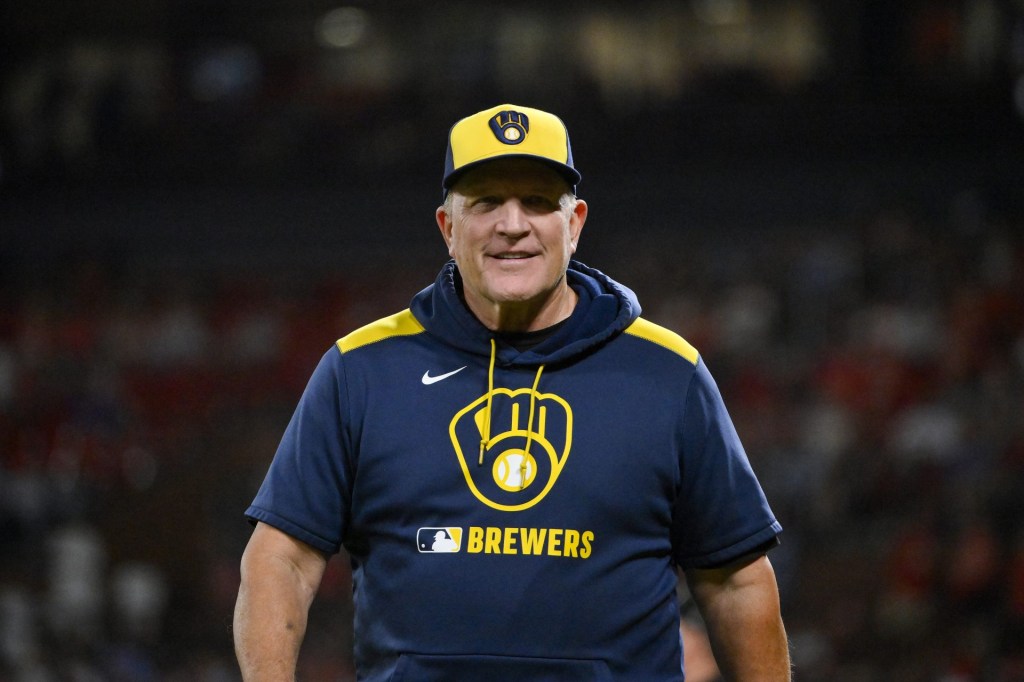
The team surprisingly returned to Main Street Sports after resurgent discussion with the company as it emerged from bankruptcy, and the reunion was rewarded with the sharply increased viewership. Schlesinger says no decisions have been made for 2026, but a decision is expected by Christmas.
“It was close before. We were definitely going to fold into MLB Media. But it’s been a great partnership with Main Street. They’ve done everything they promised to do,” Schlesinger says. “We’ll see what happens for 2026. We’re also still talking to MLB, and continue to have good dialogue with Main Street as well. Economics will be important, of course, but so, too, will be the quality of the production and the reach we can get.”
Brian Anderson, the play-by-play announcer on the Brewers’ local broadcasts, detailed on Front Office Sports Today the difficulties of navigating large-scale disruption in the media business, particularly for a regional sports network.
“We’re [at] a crossroads in how we cover the game,” he said. “The big regional sports network money is not there anymore. … It’s kind of the middle-, smaller-market teams that are going to struggle to meet those dollar demands that they’ve been used to for all these years. I think the next two or three years is going to definitely kind of flesh out how this is going to be for the rest of our viewing lives, or at least in the next couple of decades.”
The other big step for the Brewers will be around updating and renovating American Family Field, which opened in 2001 as Miller Park. It was a bumpy beginning for the domed ballpark, as the 2002 All-Star Game festivities held there included roof leaks during the Home Run Derby and then an ugly tie in the All-Star Game itself that ended with fans throwing trash on the field in protest.
Since then, the ballpark has become one of the most revered in the sport—in no small part due to a vibrant tailgating culture that is largely an outlier in baseball.
In late 2023, the Brewers completed a lengthy negotiation with state officials regarding updates and a lease negotiation at the publicly owned stadium. The negotiations between the Brewers and Wisconsin officials grew tense at some points, with the team even suggesting it could leave Milwaukee if the funding package failed.
That’s all in the past now, as more than $500 million in funding gained approval. The team is now in the midst of several seasons’ worth of renovation work, mostly happening in the offseason and behind the scenes. Those updates include winterizing the facility for year-round use, updating technology around the ballpark, and creating a new public plaza that will house a beer garden, performance stage, and miniature golf. Full completion of the stadium work is expected by late 2027 or early 2028.
“We’ve got a great relationship with the state and the stadium district,” Schlesinger says, particularly touting the opportunities from the winterizing. “The plans are really coming together to bring the ballpark into its next phase of life.”
For now, though, it’s all about the current phase and the team’s high-profile matchup with the Cubs.
